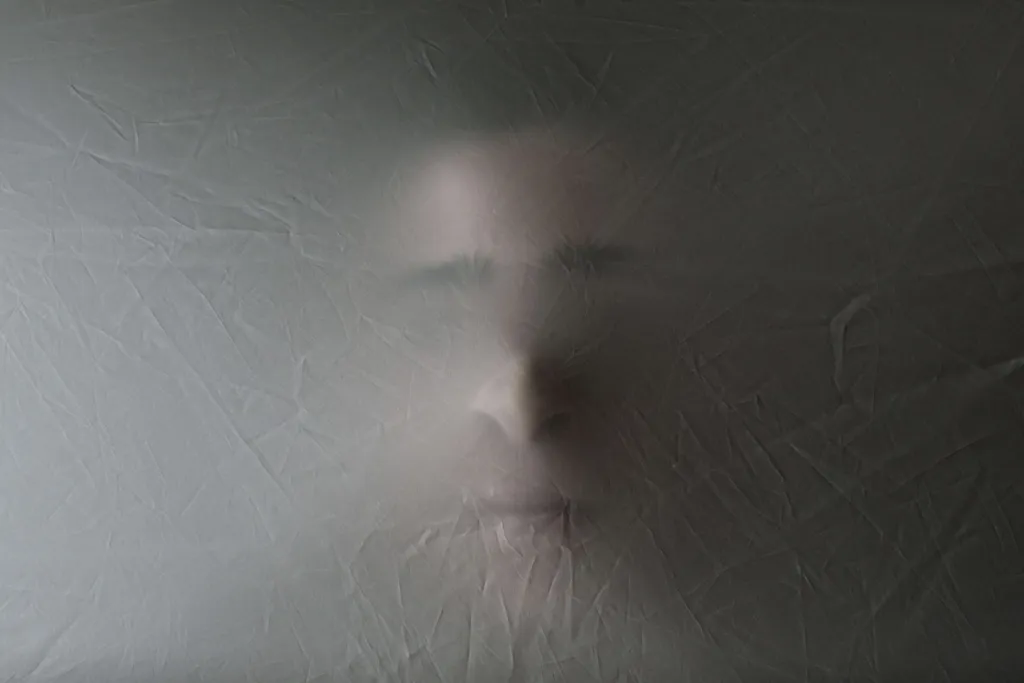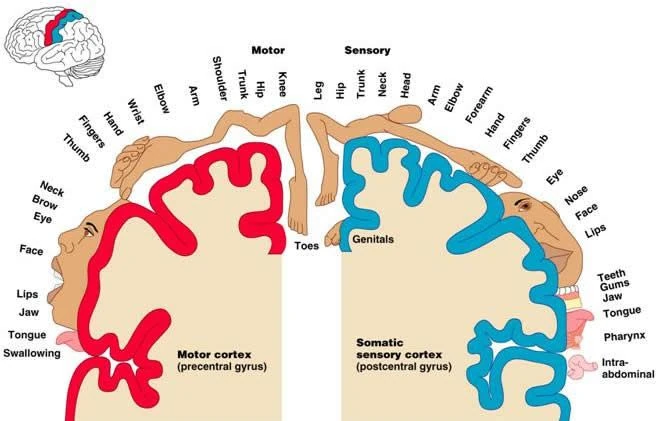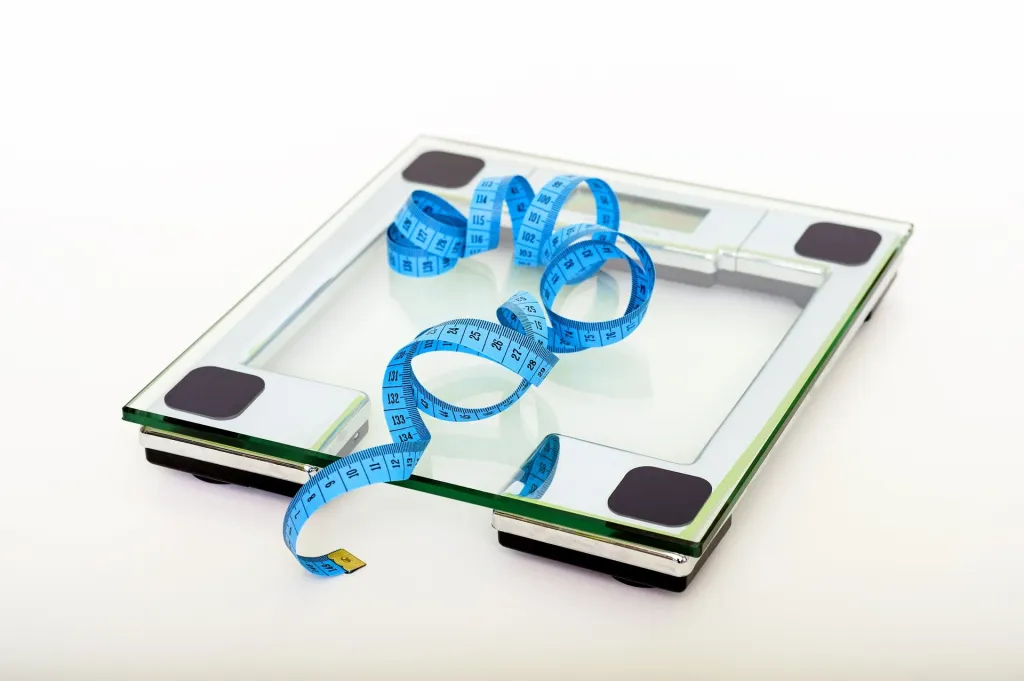
95% of people who have lost a limb will continue to feel sensation from the lost limb and often describe these sensations as excruciatingly painful. This is called phantom limb syndrome. The sensations can last for a few days or for several years. People even continue to feel familiar details sometimes like wedding rings. The limb can feel very realistic or distorted in shape and size. Numbing the stump doesn’t get rid of the sensation which tells us the sensation is not in the body – it’s in the brain.
How do these ghostly sensations occur?
In order to understand this, first, we need to know how sensation normally works. Cells embedded in our skin that perceive touch are called touch receptors. They send information to the brain about the things we touch via the receptors and axons which function as a biological wire. When you touch an object, the touch receptors in your hand fire a large number of electrical impulses, giving us information about how the stimulus feels. The signals are rapidly transferred by the spinal cord to the brain. The outer layer of brain cells form the cerebral cortex. The primary somatosensory cortex is the part of the brain that processes and interprets all the information from the receptors to give us the conscious feeling of touch, temperature, and pain. It is located in the parietal lobe of the brain.
The primary somatosensory cortex is organized like a map of the skin of the whole body. If you touch a point on the skin surface, a corresponding part of the cortex always receives and processes that information. This means that there is a specific cortical region representing each body part – known as somatotopic representation. However, the proportion of representation is different. The area occupied by a particular body part is proportional to the number of sensory receptors present in it. So there’s a face area, a leg area, an arm area, and so on. The arm area sits right next to the face area in the cortex and since the limb has been cut off, no touch information can reach the limb area of the cortex leaving the limb cells unused.

Sensory input goes to your somatosensory cortex and is separated by body part. When you lose a limb, the corresponding neurons in the brain stop firing. But neurons have a trait called neuroplasticity which promotes the formation of new connections. Inactive brain cells attempt to take on the function of the neighboring region. But this remapping is not perfect and the brain still interprets the firing of these neurons as the signals from the missing limb. This is a side-effect of the brain attempting to repurpose its neurons or maladaptive neuroplasticity. This is currently, the most commonly posited CNS theory known as the cortical remapping theory (CRT), in which the brain is believed to respond to limb loss by reorganizing somatosensory maps.
Phantom limb illustrates the power of neuroplasticity. For upper limb amputees, the cells in the face area get a bit greedy and hijack the unused limb cells in the cortex. This invasion occurs by making new connections. Whenever upper limb amputees touch a part of their face-which is quite a lot during any given day, not only are the cells in the face area stimulated but the connected cells of the amputated limb in the cortex are also stimulated. Therefore tricking the brain into feeling phantom sensations in the amputated limb. Neuroplasticity can help with phantom limb pain if we use a mirror to send the brain fake sensory information from the visual system. With repeated use, the somatosensory cortex will rewire into a pain-free phantom limb.
Mirror therapy for phantom limb pain treatment
For five hundred years, doctors and scientists did not appreciate the therapeutic benefit of using mirror reflections. Mirror therapy is a technique to help move a poorly mobile limb or an absent limb. Whether that’s a poorly mobile or spasming phantom limb, a paretic limb after stroke, a limb that’s moving poorly after an orthopedic injury, or a limb that’s moving less than it should because of reflex sympathetic dystrophy or complex regional pain syndrome. Mirror therapy is a tool to increase the movement of the poorly moving limb.
Mirrors were first used by Dr. V.S. Ramachandran to treat phantom limb pain. He placed a mirror vertically in the middle of a wooden box. The patient would then place his/her healthy arm into one side of the box partitioned by the mirror, and the phantom limb into the other. The top and front of the box were open. This allowed the patient to look into the box. For the purpose of the treatment, he/she had to cock his/her head to one side such that s/he could see the mirror from the side of the box with the healthy arm. Next, s/he was asked to move the healthy arm around until its mirror image ‘superimposed the felt position of the phantom’ [1].
The mirror box procedure was conceived of as a therapy and addressed a central feature of phantom limb syndrome – pain. The ways in which phantom limb patients experienced their missing limb varied greatly across patients. For most of the amputees, their phantom limbs were a burden, a source of pain and anxiety. The pain they felt might be described as ‘burning, cramping, crushing or lancinating’ and could be intermittent or permanently felt. Through the use of his ‘mirror box,’ many of Ramachandran’s patients experienced dramatic improvement in their conditions [1].
Healthy people can experience the mirror effect quite easily. What you do is you put one hand on each side of the mirror, and you look at the reflection of the hand that you can see in the mirror. Don’t cheat and look at the real hand. Look only at the reflection. The idea is you open and close both fists relatively slowly, and you do it differently. You get a very strange feeling.
We all have proprioception or position sense. We know where our limbs are, even though we can’t see them. When we look at the reflection of one hand, say you look at the reflection of your left hand, it looks like your right hand. So the brain gets visual input of a right hand moving. The idea is that the vision of the good hand or leg will help the affected arm or leg. You can use mirror therapy with objects if you’re having trouble moving the object with, in this case, the right hand, you can do it with both hands and use the vision of the reflection of the left hand to help the right hand.
Mirror therapy has an important impact. There are tens of thousands of amputees in many countries because of natural disasters and wars. People who have had an amputation of an arm or a leg, usually experience phantom limb pain. There have been amputees who have had pain for decades, taking medicine to the point of being comatose. When they used the mirror, they instantly felt better. From the dawn of medical history, hemiparesis after stroke has been untreatable, and a number of studies showed the benefit of mirror therapy in hemiparesis. It’s a fantastic tool to help patients.
References
- Ramachandran, V. S. (2012). The tell-tale brain: A neuroscientist’s quest for what makes us human. WW Norton & Company.
Did you find my article “Phantom Limb Syndrome” helpful or know somebody who would? I’d really love it if you could share it.



